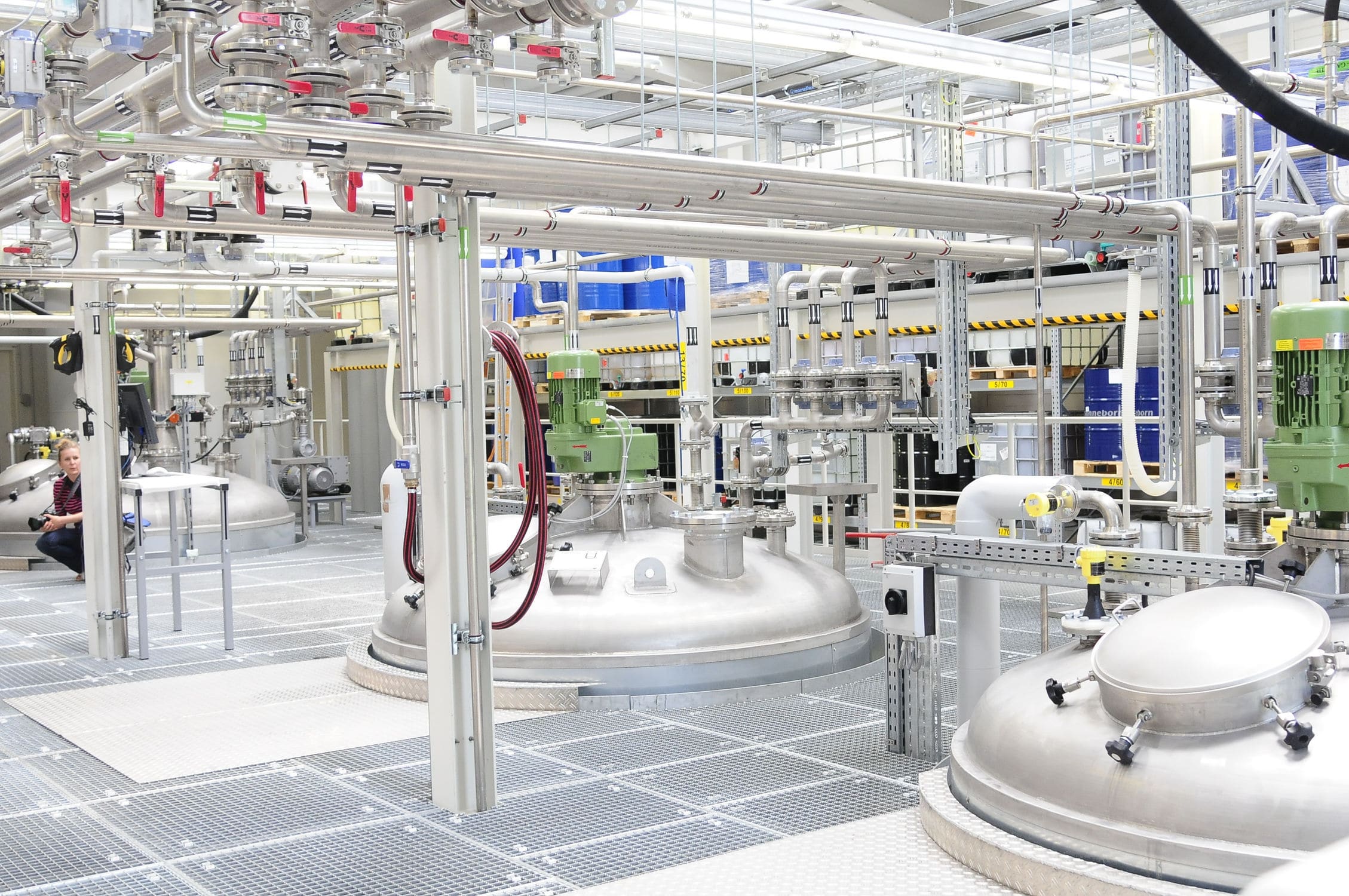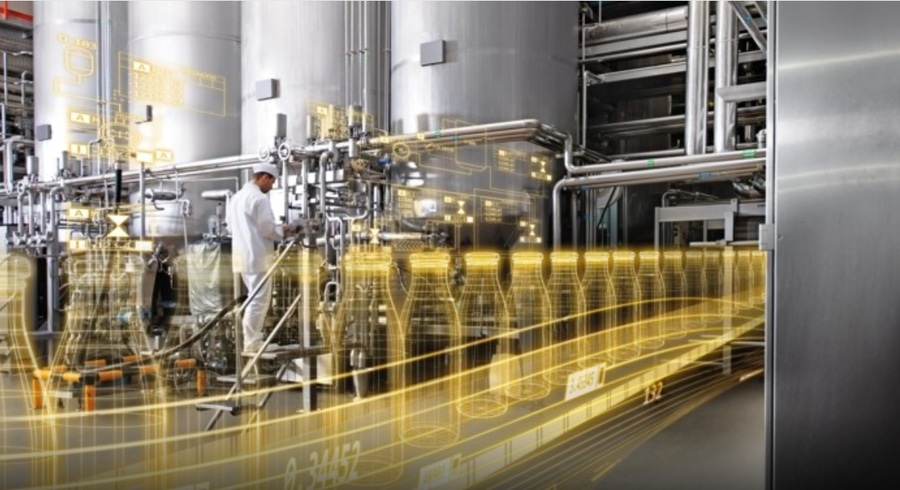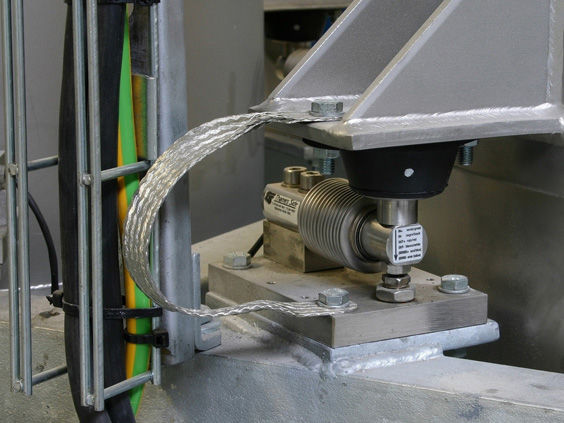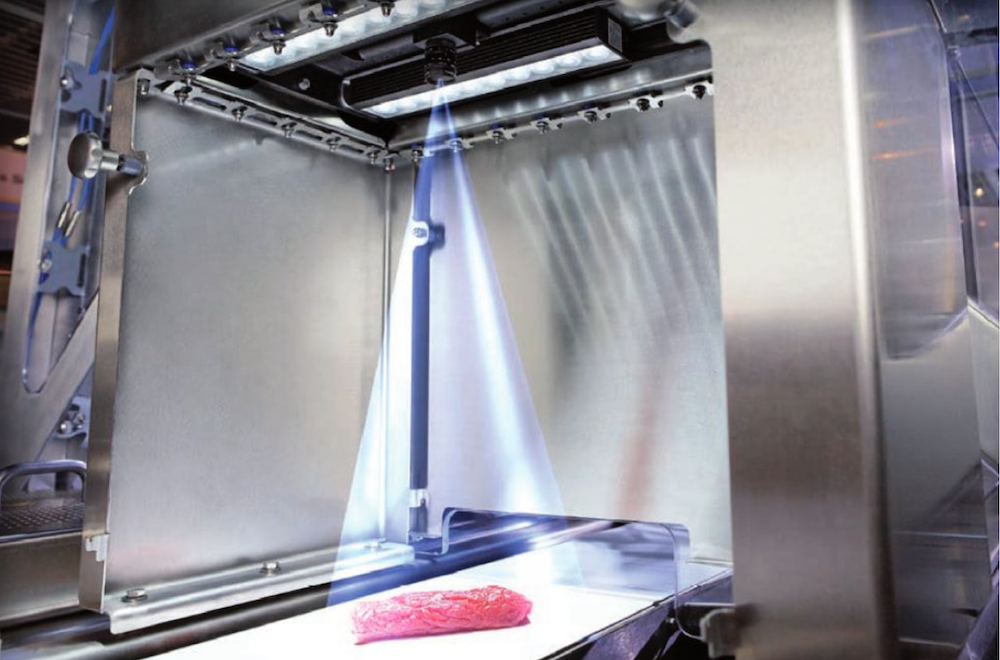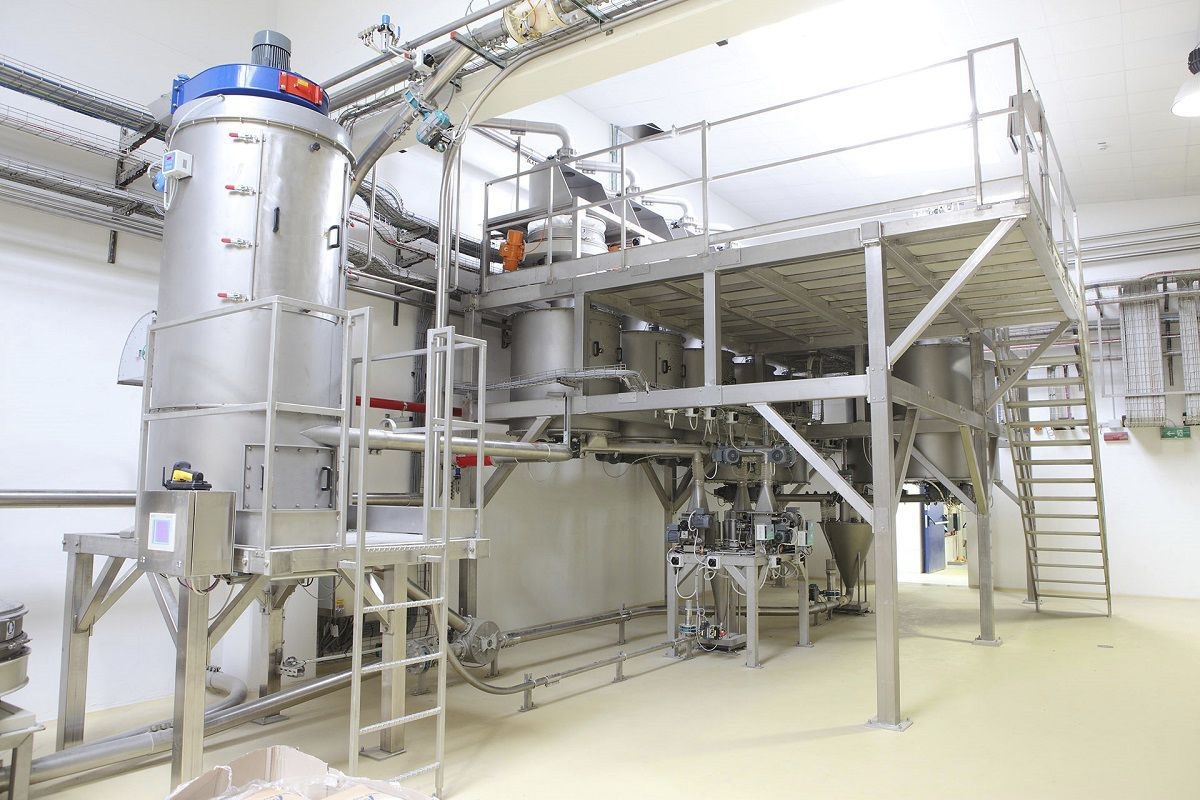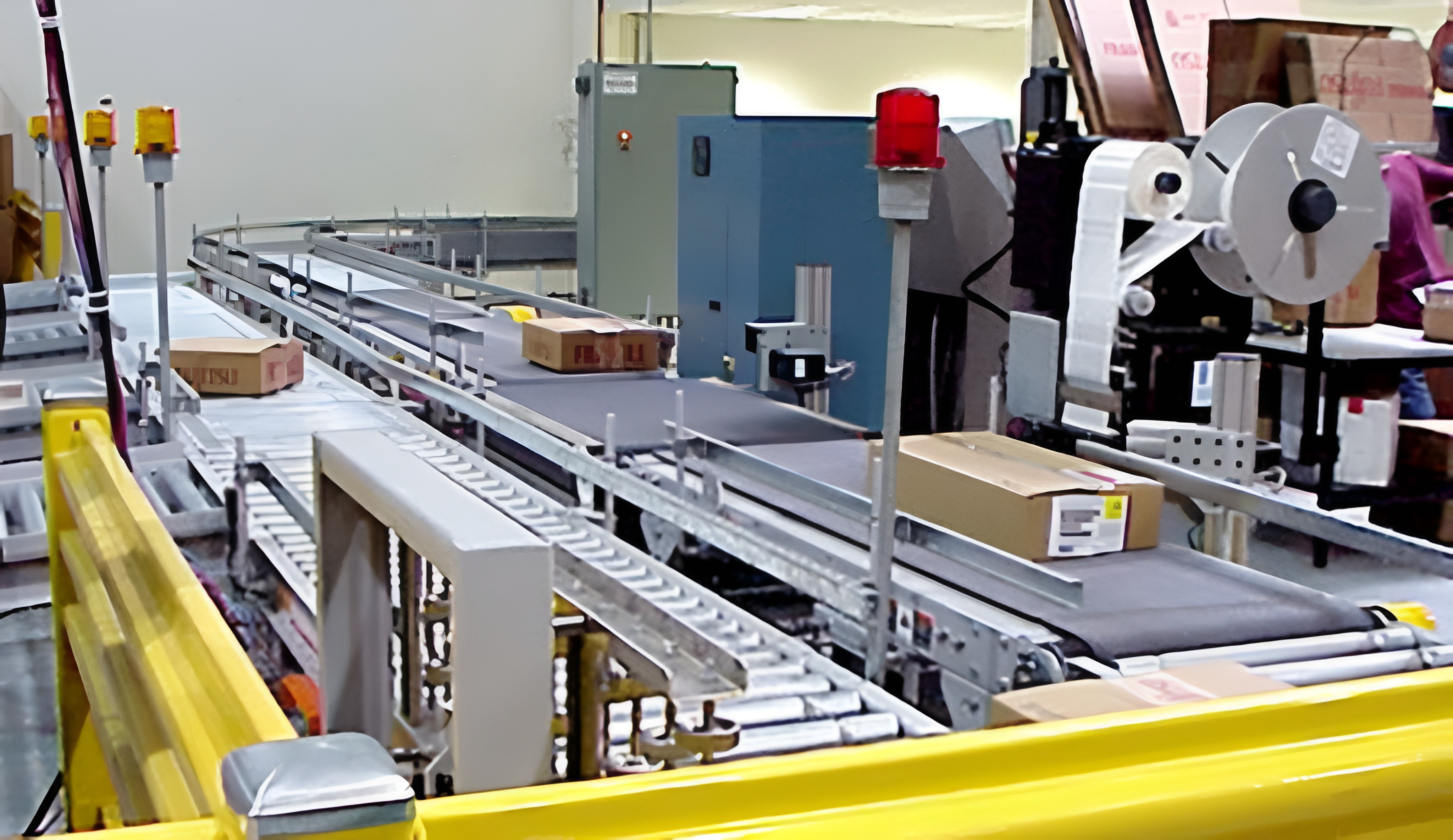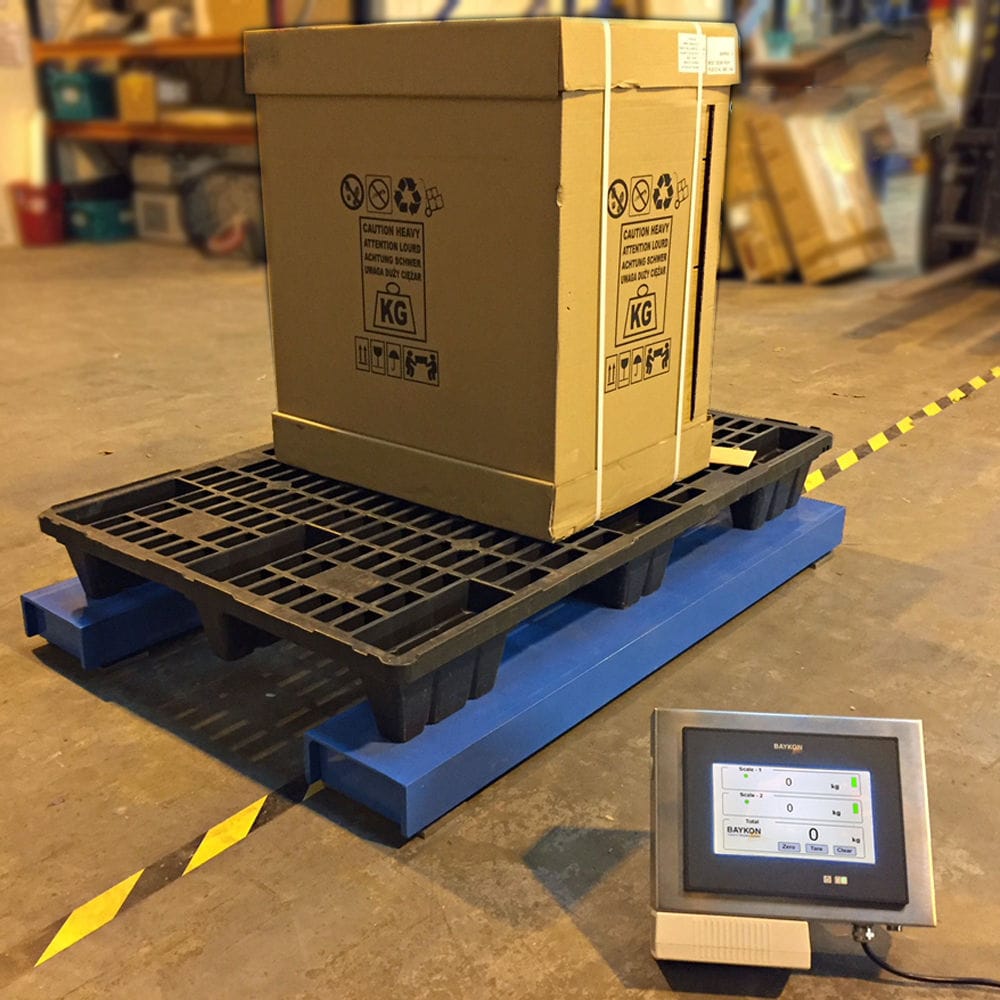

To ensure the accuracy of the conveying pressure and pipe blockage pressure judgment, the batching machine system is set up with dual control of the feeding gravity and the material level gauge signal. The system automatically switches to control by the feeding powder gravity (when the weighing module malfunctions), and automatically switches to the control of the material level gauge. When the feeding powder gravity reaches the quantitative range, it sends a powder full signal to the PLC to end the feeding powder operation The system simultaneously conveys the powder from all the storage systems in the unit to the powder warehouse.
 020-34563445
020-34563445The batching machine is designed as a conveying unit with two storage pumps for each material tank. The controlled points of each unit are: air inlet valve (pneumatic), conveying valve, air outlet valve (pneumatic), discharge valve (pneumatic), feed valve (pneumatic), and butterfly valve (pneumatic). Each powder pipe (a total of two) is equipped with two pneumatic valves for blocking and preventing blocking. The input monitoring points on the blocking valve and the anti-blocking valve are: Each unit of the material level gauge for each warehouse pump contains a weighing module. To ensure the accuracy of the conveying pressure and pipe blockage pressure judgment, the batching machine system is set up with dual control of the feeding gravity and the material level gauge signal. The system automatically switches to control by the feeding powder gravity (when the weighing module malfunctions), and automatically switches to the control of the material level gauge. When the feeding powder gravity reaches the quantitative range, it sends a powder full signal to the PLC to end the feeding powder operation The system simultaneously conveys the powder from all the storage systems in the unit to the powder warehouse.
During the conveying process of the batching machine, when the pressure of the warehouse pump reaches the pressure of the pre-clogged pipe (referred to as setting on the upper computer), it indicates that there is a tendency for the conveying pipeline to clog. At this time, the control system will display it on the interface of the upper computer, and the PLC program will automatically open the anti-clogging valve to increase the air volume and close the air inlet valve. When the pressure drops back to within the pressure of the pre-clogged pipe, the PLC will automatically close the anti-clogging valve. Open the intake valve. If the pressure in the powder pipe continues to rise to the pre-set clogging pressure value after the anti-clogging valve is opened, the system will issue an audible and visual alarm signal for clogging to alert the operator. At this time, the control system will automatically place the valves of the pump in the conveying unit where the clogging occurs in a specific state and set the other conveying units sharing the powder conveying pipeline to the "stop" state. After the operator confirms the information, the system starts to automatically clear the blockage. When the congestion is cleared, the system will alert the operator that the congestion has been cleared successfully through an alarm bell and text information displayed on the upper computer interface.




